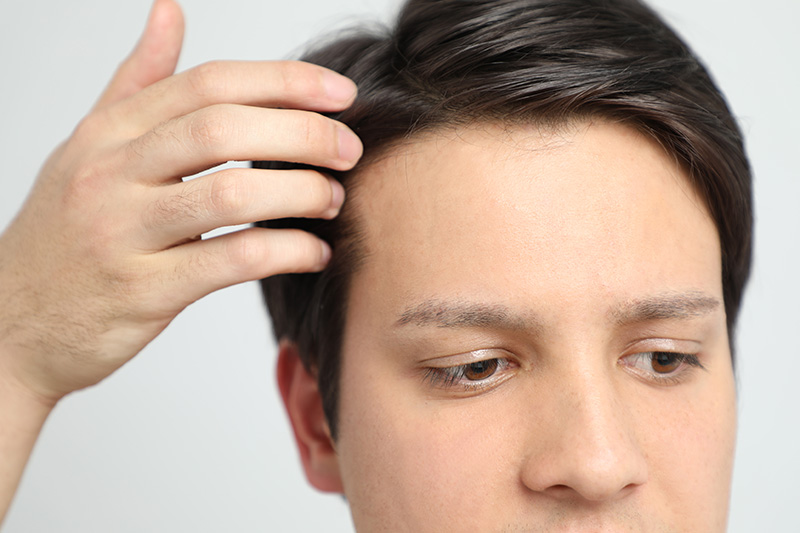Hair loss can be a challenging experience, affecting confidence and self-esteem. Luckily, a Hair Transplant offers a promising solution to restore thicker, stronger hair that lasts a lifetime. In this comprehensive guide, we will explore everything you need to know about Hair Transplant in Dubai how they work, and how to maximize your results for long-term success.
Understanding Hair Transplant: The Basics
A Hair Transplant is a surgical procedure designed to move hair follicles from one part of the body—typically the back or sides of the scalp—to areas experiencing thinning or baldness. These transplanted follicles continue to grow naturally, providing a permanent solution to hair loss. Unlike temporary treatments, hair transplants target the root cause of hair loss by redistributing healthy follicles, leading to thicker and stronger hair growth in affected regions. This makes it an effective choice for individuals seeking a lasting change.
Types of Hair Transplant Techniques
There are two main techniques commonly used in hair transplant procedures:
1. Follicular Unit Extraction (FUE)
In FUE, individual hair follicles are carefully extracted from the donor area and transplanted to the thinning spots. This method leaves minimal scarring and has a faster recovery time. It’s suitable for patients wanting natural results with less downtime.
2. Follicular Unit Transplantation (FUT)
FUT involves removing a thin strip of scalp from the donor area, from which hair follicles are dissected and then transplanted. This method can cover larger areas in a single session and may be preferred for extensive hair loss.
Both techniques aim to ensure transplanted hair looks natural and blends seamlessly with existing hair.
Who Is a Good Candidate for Hair Transplant?
Ideal candidates for a hair transplant generally have:
-
Stable hair loss patterns
-
Healthy donor hair on the scalp
-
Realistic expectations about results
A thorough assessment of hair density, scalp condition, and hair loss progression is crucial to determine suitability. It’s important to understand that hair transplants work best for those with sufficient donor hair to redistribute.
Preparing for Your Hair Transplant
Preparation plays a key role in achieving optimal results. Some essential tips include:
-
Avoiding blood thinners and certain medications that may affect healing
-
Maintaining a healthy diet and lifestyle to support hair growth
-
Discussing hair care routine and any scalp issues beforehand
Proper preparation helps minimize risks and enhances the success of the transplant.
What to Expect During the Procedure
During the Hair Transplant procedure, local anesthesia is used to numb the scalp, ensuring comfort. The surgeon then extracts hair follicles and implants them carefully into thinning areas. The process can last several hours depending on the size of the transplant.
Although this is a surgical process, it is minimally invasive and most patients return to their routine within a few days.
Post-Transplant Care and Recovery
After the procedure, following a good care regimen is essential for healthy healing and hair growth. Common post-transplant guidelines include:
-
Keeping the scalp clean and avoiding direct sunlight
-
Avoiding strenuous activity for the first week
-
Using gentle hair care products recommended for sensitive scalps
New hair growth typically begins within three to four months, with significant results visible after six to twelve months.
Benefits of Hair Transplant for Stronger, Thicker Hair
The main goal of a Hair Transplant is to restore a fuller head of hair that grows naturally. Benefits include:
-
Permanent hair restoration with low maintenance
-
Natural hair texture and appearance
-
Improved confidence and self-image
Unlike temporary fixes, transplanted hair continues to grow for life, allowing you to enjoy thicker, stronger hair without ongoing treatments.
Common Myths About Hair Transplant Debunked
Several misconceptions exist around hair transplants. Let’s clear up a few:
-
Myth: Transplanted hair looks unnatural
Fact: Modern techniques ensure hair matches your natural growth pattern and texture. -
Myth: Hair transplants are painful
Fact: Local anesthesia ensures a virtually painless experience. -
Myth: Results are immediate
Fact: Hair growth takes time; patience is key for the final outcome.
Understanding the truth behind these myths can help set realistic expectations.
Long-Term Maintenance for Lasting Results
While a hair transplant offers permanent hair growth, maintaining overall scalp health supports longevity. Tips for maintaining your hair include:
-
Eating a balanced diet rich in vitamins and minerals
-
Managing stress effectively
-
Using mild shampoos and avoiding harsh chemicals
-
Regular scalp massages to stimulate blood flow
A healthy lifestyle combined with proper hair care enhances the strength and thickness of your transplanted hair over time.
When to Consider a Follow-Up Treatment
In some cases, patients may require a second transplant session to achieve desired density, especially if hair loss progresses over time. Consulting about follow-up options ensures your hair remains full and thick for life.
Conclusion
Choosing a Hair Transplant Dubai can be life-changing for those struggling with hair thinning and loss. By understanding the process, preparing well, and committing to proper care, you can achieve stronger, thicker hair that lasts a lifetime. This guide aims to empower you with the knowledge needed to make informed decisions and embrace your hair restoration journey confidently. Take the first step today toward reclaiming your natural hair and boosting your confidence for years to come.









